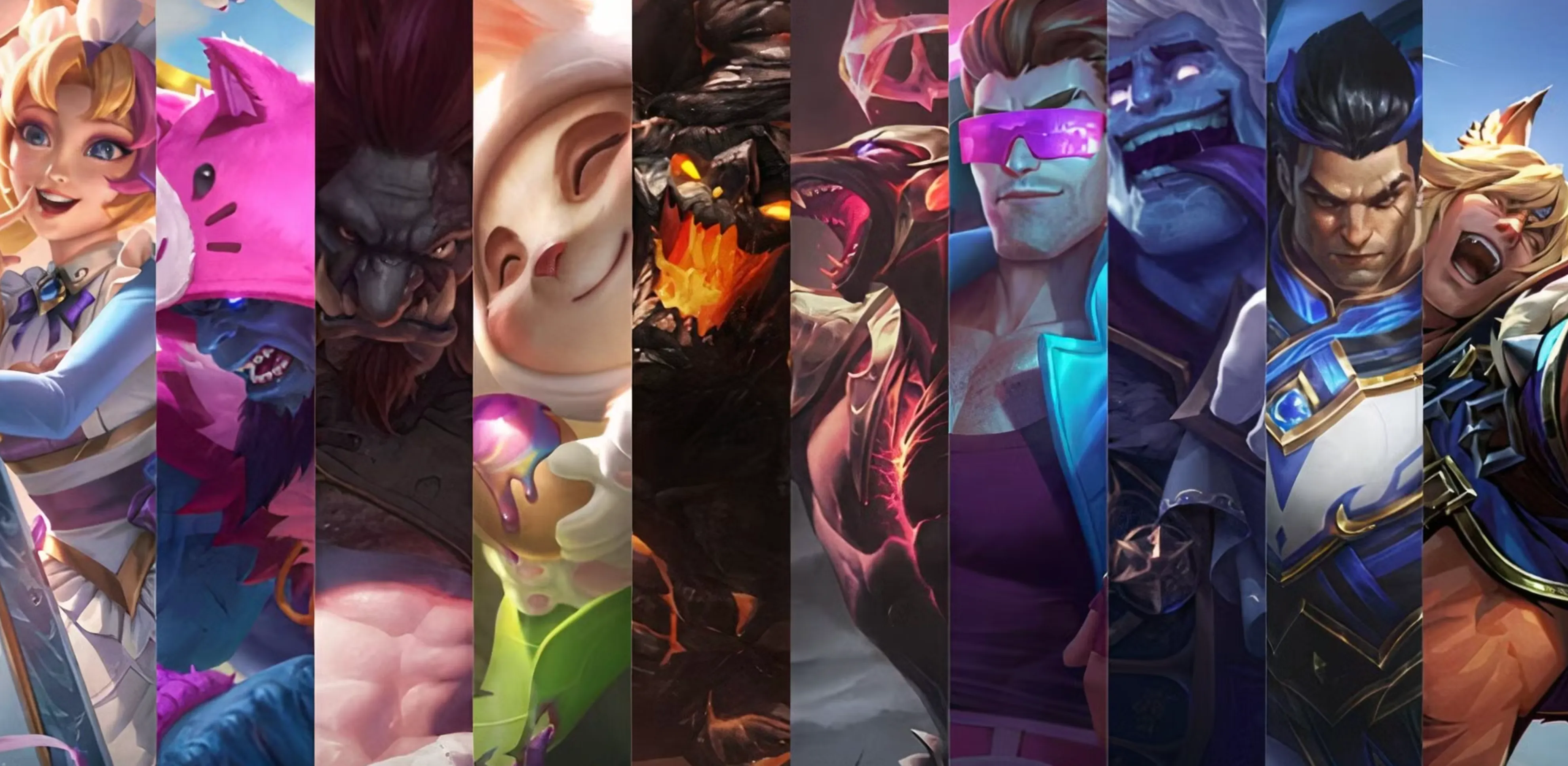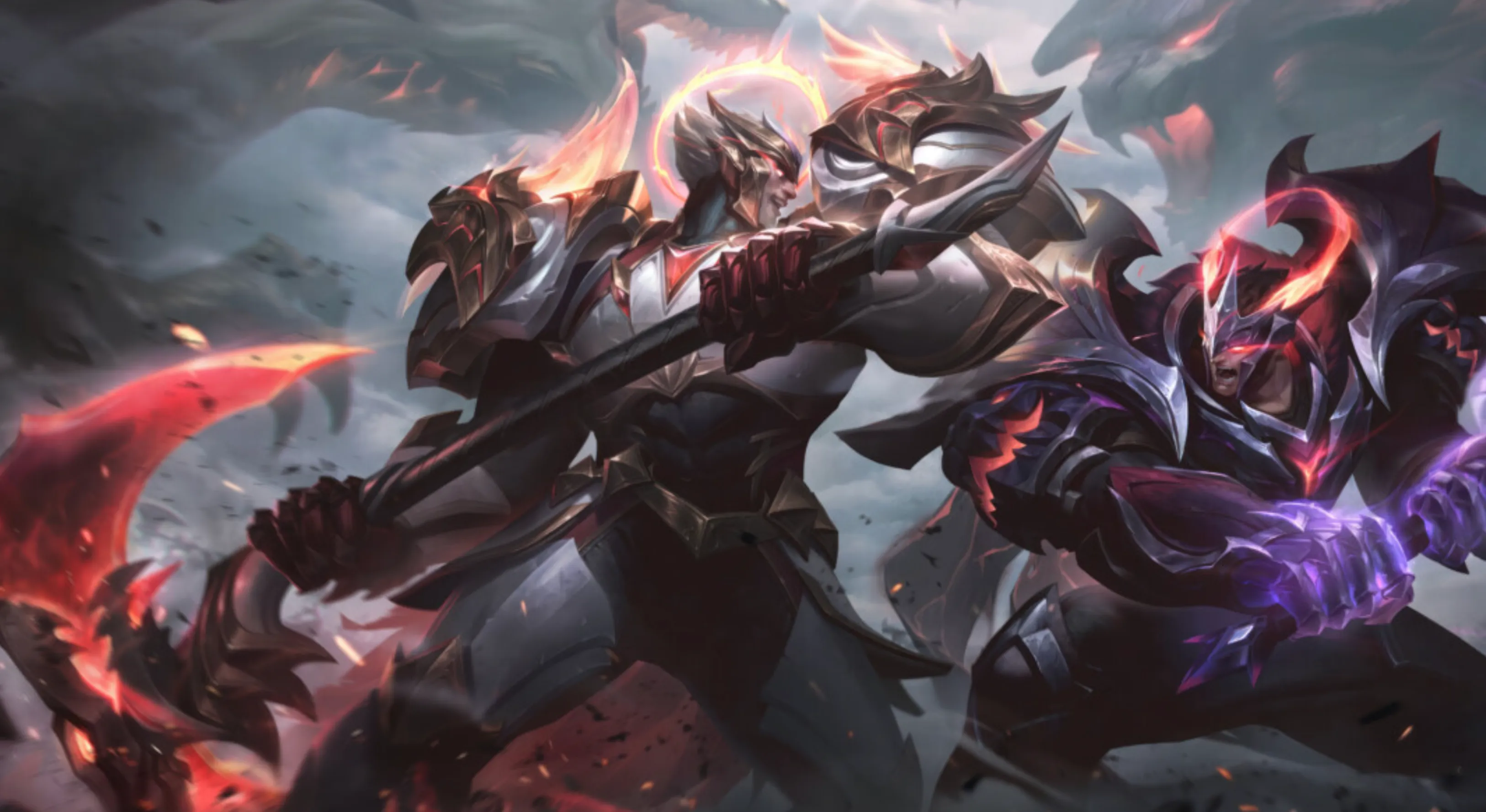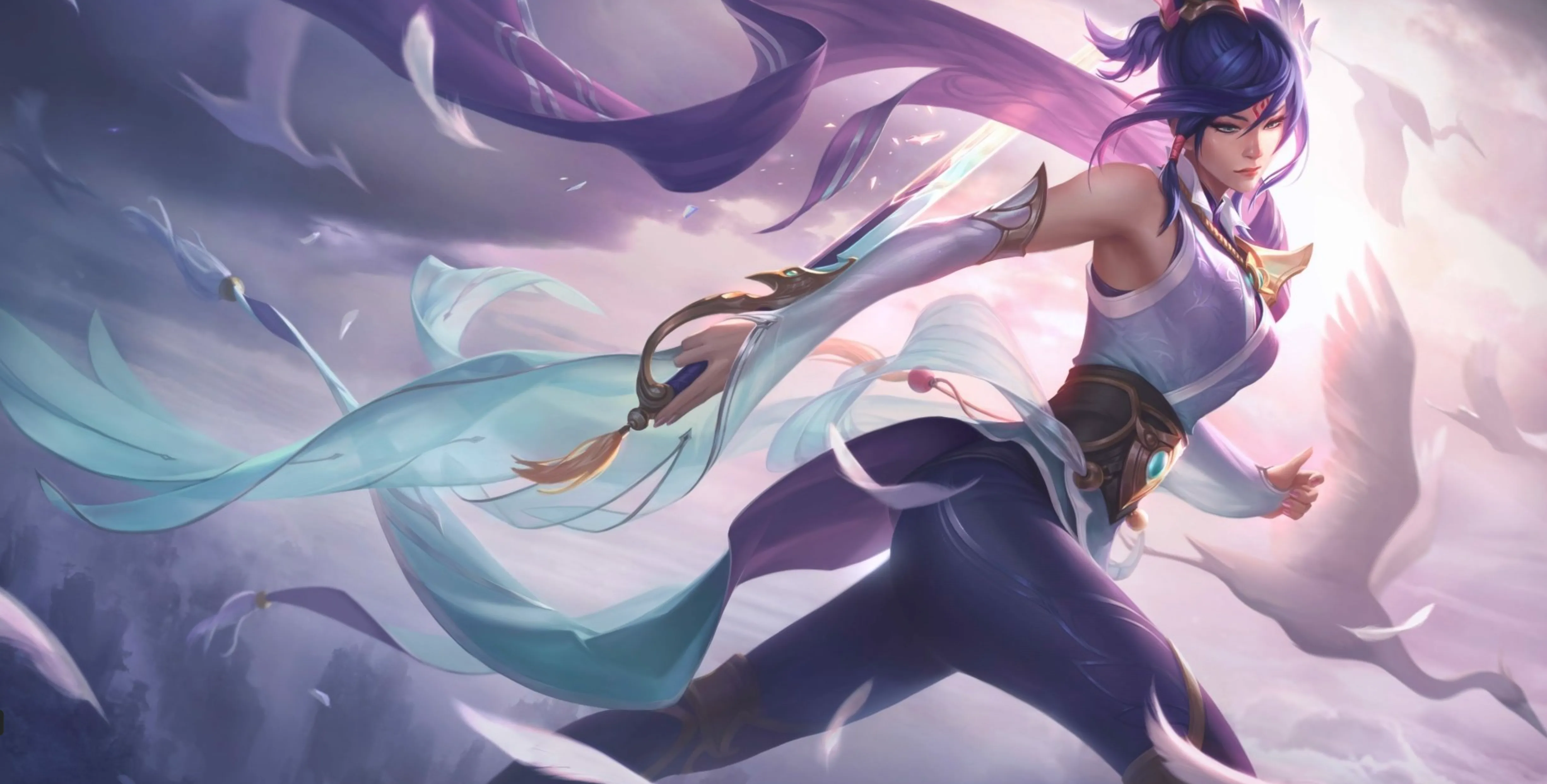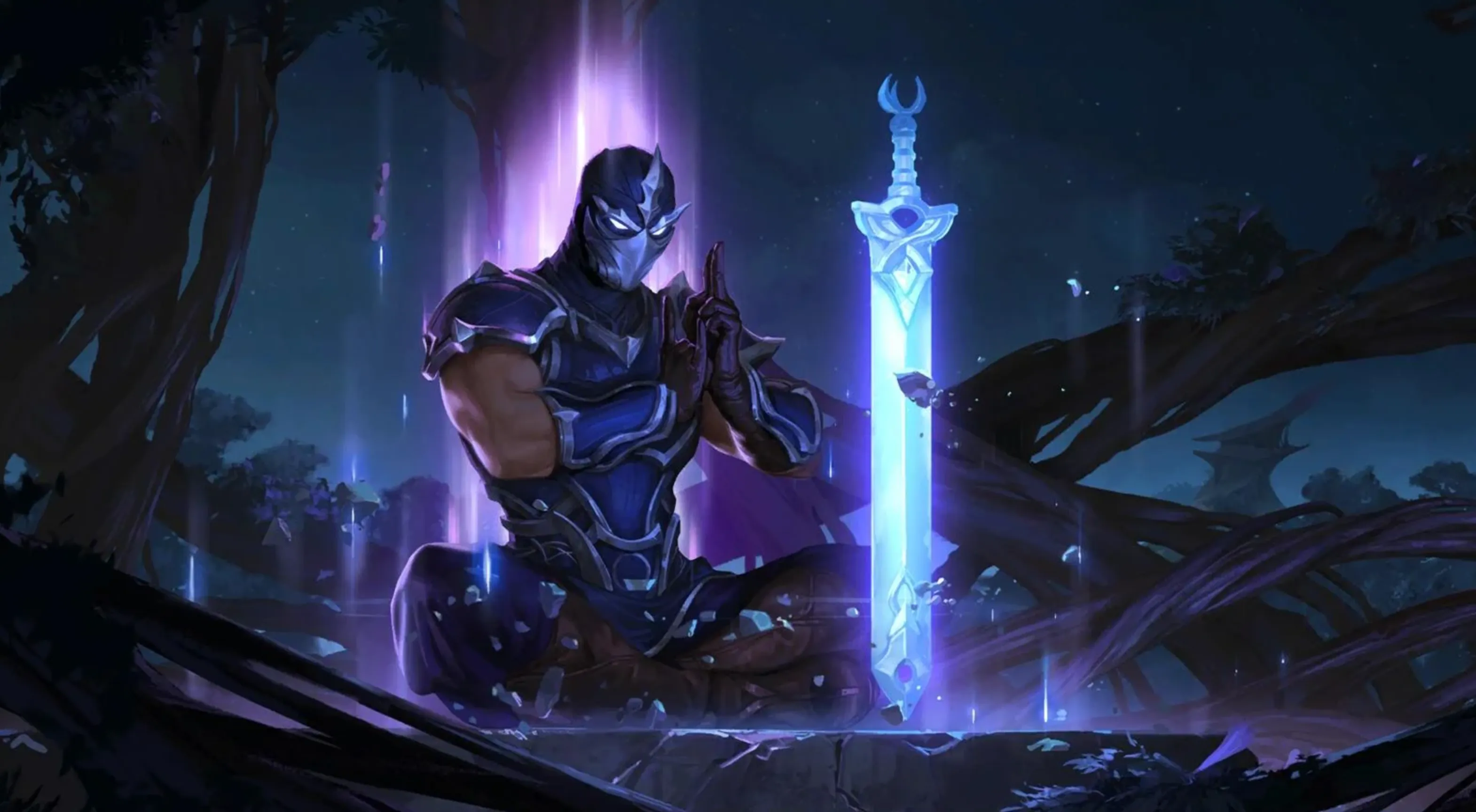
How To Play Top Lane In League of Legends: Complete Guide
Top lane is one of the most unique roles in League of Legends. It’s an isolated, 1v1 heavy lane where small advantages snowball fast and one mistake can flip the entire matchup. Whether you enjoy playing tanky frontliners, split-pushing duelists, or bruisers that dive straight into fights, the top lane gives you the space to shape the game your way. Because you spend most of the early game alone, understanding matchups, wave control, trading patterns, and teleport timing is what separates strong top laners from the rest. In this guide, we’ll break down everything you need to know to win lane, pressure the map, and carry games from the top side.
Top Lane Champion Types in League of Legends

Top lane champions usually fall into a handful of clear archetypes, and each one brings a different way of winning the lane. Even though some champs overlap in playstyle, most top laners share one important trait: they can survive on their own without constant help from the jungler. Because the role is so isolated, having sustain, durability, or strong dueling tools is what keeps a champion viable. Below are the most common top lane archetypes and what makes each one shine:
Split Pushers
Split pushers tend to start off a bit slower, but once they hit key items, they become monsters on the side lane. They’re great at clearing waves, pressuring turrets, and forcing the enemy team to constantly respond to them. Strong mobility or unique tools help them stay safe while dragging defenders across the map. Examples: Kled, Shen, Singed.
Hyper Carries
These champions are picked for their insane scaling and late-game damage. Hyper carries love long side-lane duels and explode in power once they hit level and item spikes. They’re fragile early on, but with a supportive mid or jungler, they can easily take over games. Examples: Fiora, Gwen, Kayle.
Bruisers
Bruisers sit right in the middle—tanky enough to survive trades and strong enough to pressure almost anyone. They bring reliable dueling, flexible builds, and the option to either frontline or dive the enemy backline in teamfights. Examples: Garen, Jax, Renekton.
Tanks
Tanks hold the front line for their team, absorbing damage and locking down priority targets. They focus more on durability and crowd control rather than raw lane domination. While they don’t create the same map pressure as bruisers or split pushers, they’re crucial in teamfights and objective setups. Examples: Maokai, Malphite, Ornn.
Ultimately, a top laner needs either strong sustain, thick defenses, or reliable damage to survive long solo matchups. Champions that lack these qualities often struggle because once you get bullied out of lane, it becomes incredibly hard to recover in such an isolated role.
Playing the Lane As Toplaner

Playing top lane in League of Legends is all about managing a long 1v1 lane without the constant jungle pressure you usually see in mid. Junglers tend to focus mid more because it sits in the center of the map, and a snowballing mid laner can influence every objective. Top lane, on the other hand, is far more isolated, which means you’re expected to handle most of the laning phase on your own. Even though jungle ganks still happen—usually to punish overextending players or help a struggling teammate—your matchup is much less jungler-dependent than mid.
Because of this isolation, the basics matter even more. If you fall behind early in top lane, the long lane and easy freezes make it extremely hard to recover. Pushing without purpose will shove your wave into the enemy tower, giving your opponent full control of the lane position. And since top lane is longer than mid, stepping up too far leaves you with a long run back to safety, especially if you don’t have vision.
Instead of mindlessly shoving waves, try to keep the wave closer to the middle or slightly toward your side. This keeps you safe from ganks while making last-hitting easier. Constantly look for small, safe trades that chip your opponent down—just don’t forget that some matchups naturally favor one side, especially melee champs into ranged top laners who can poke for free.
Top lane matchups are notoriously volatile, and experience plays a huge role in knowing when you win or lose trades. Overforcing early fights can ruin your lane before it even starts, so it’s often better to wait for your opponent to misstep rather than forcing risky all-ins. Unlike assassin matchups in mid, many top lane picks scale through farm and items rather than early kills, so it’s normal to finish lane with zero kills and zero deaths as long as you stayed even or ahead in CS.
Your main goals in top lane are simple: don’t give free kills, don’t lose your tower early, and keep farming steadily—unless you’re playing a dedicated split-pusher, in which case your pressure becomes the win condition. Staying disciplined and managing the wave properly is what separates good top laners from players who get stuck under tower all game.
How to Split Push in League of Legends

Split pushing is all about pressuring a side lane while the enemy team is busy somewhere else. Instead of grouping for every fight, you force your opponents to deal with you by constantly shoving waves and threatening towers. Champions built for split pushing usually clear minions fast, take structures quickly, and can win most 1v1s. If they’re ignored, they can destroy entire lanes before the enemy team even reacts.
A strong split pusher also creates a huge problem for the enemy team: if they send someone to stop you, their team loses numbers at the next fight. If they don’t send anyone, their structures fall one after another. That pressure alone can win games without even fighting.
Some champions, like Singed, take this even further with proxy farming—killing waves behind the enemy tower so the lane never resets. This lets them push nonstop, force the enemy to respond, and waste a ton of the enemy team’s time.
The best counter to a split pusher is sending someone who can’t be solo-killed by them. Once the split pusher can’t dive or win the duel, they’re forced to back off or abandon the push.
Tips for effective split pushing:
• Track enemy positions. If multiple enemies go missing, back off—split pushers die fast when they get collapsed on.
• Keep summoner spells ready. Teleport or Flash can save you or let you rejoin your team instantly.
• Use fog of war. Staying out of vision makes it harder for the enemy to react, and lets you shove waves again the moment they rotate away.
• Make sure your team can survive without you. Your pressure only matters if your team isn’t getting wiped 4v5 while you’re in a side lane.
Split pushing works best when you play smart, track the map, and know exactly when to back off or when to commit. Done right, it forces the enemy to choose between losing a fight or losing their base.
How to Utilise Teleport in League of Legends

Teleport is one of the strongest tools a top laner has, and learning how to use it properly can completely change how much impact you have on the map. Unlike other roles, Top Lane is far away from most early fights, so Teleport is your way to join skirmishes, save towers, or turn losing situations into free kills for your team.
The key rule of Teleport:
Never waste it just to get back to lane unless there’s a clear reason.
If you’re not losing plates, missing a huge wave, or setting up a timing to fight your opponent, walking is usually the better option.
Good times to use Teleport:
• To save a big wave under your tower. If a huge crash is coming and you’ll lose XP or gold, TP defensively.
• To join a fight at Dragon or mid. A well-timed Teleport can instantly flip a fight and give your team an objective for free.
• To punish dives. If the enemy tries to dive your bot lane, Teleporting behind them often turns it into a double kill.
• To snowball a lead. If your Jungler is invading or setting up a play you can support, TP makes sure you’re there on time.
• To match a split pusher. Later in the game, you’ll use Teleport mainly to answer side-lane pressure while still being able to join your team.
Bad times to Teleport:
• When the fight is already lost before you arrive
• When your lane opponent can freeze and punish you
• For a single minion wave that isn’t worth it
• When your team has no vision and the TP will drop you into danger
Smart Teleport rules to follow:
• Always TP onto a safe ward, tower, or minion. Avoid dropping into the middle of enemy abilities.
• Ping your TP before casting it. This gets your team ready to follow up.
• Watch the minimap constantly. Great Teleports come from reacting quicker than your opponent.
• Think about the objective trade. A good Teleport often gives your team Dragon, Rift, or a tower.
Used well, Teleport turns a top laner into a map-wide threat. You’re not just winning your lane — you’re deciding fights everywhere on the Rift.
Conclusion
Playing Top Lane is all about staying calm, understanding your matchup, and knowing when to pressure or play safe in League of Legends. It’s a role where small decisions snowball fast, whether you’re trading smart, managing waves, or making the right Teleport play. Once you learn how to control the lane, pick the right fights, and create pressure through split pushing, you become a huge threat that the enemy team can’t ignore. Mastering these fundamentals will help you consistently impact the map, win more games, and turn Top Lane into one of the most rewarding roles in League of Legends.
Posted On: November 20th, 2025
Recent Articles
💬 Need help?
Our 1v9 support team is available 24/7 to help you with any questions or issues you may have.
support@1v9.gg
Loading...
1v9.gg is not endorsed or affiliated by any game developers or publishers.
2025 1v9, All Rights Reserved, Created By NightDev







